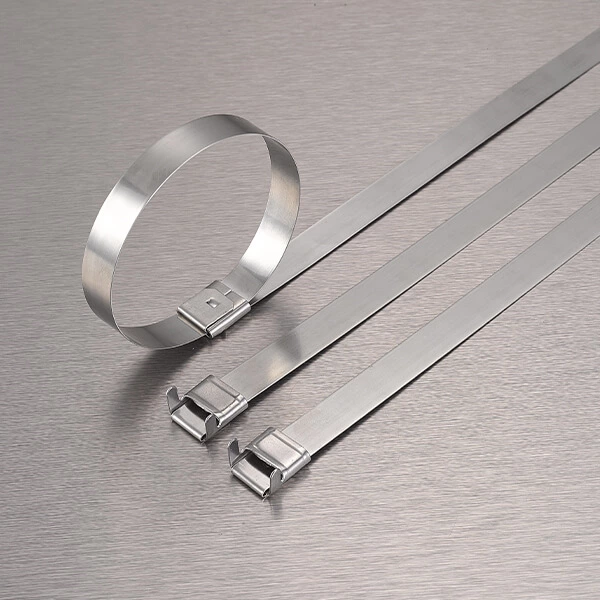What Are The Differences Between National Standard Stainless Steel Cable Ties And Non-standard Stainless Steel Cable Ties?
Question: When purchasing Stainless Steel Cable Tie, I found that there are two specifications: national standard and non-standard. I don't know what are the differences between these two standards and how to distinguish them.
Answer: Both national and non-standard are common production standards for stainless steel cable ties.
National standard. Each industry will establish a corresponding production standard. In the cable tie industry, industry associations require that the width of a 3 * width cable tie should not be less than 2.5mm, the width of a 4 * width cable tie should not be less than 3.5mm, the width of a 5 * width cable tie should not be less than 4.8mm, and the width of an 8 * width cable tie should exceed 7.6mm.
The cable ties produced by manufacturers based on such width requirements and sold after passing inspection are called national standard cable ties.
Non standard. The actual usage requirements are quite complex. Many customers find that the width and length of the national standard cable ties cannot meet the current usage requirements after purchasing them. These cable ties that do not meet the usage requirements affect the customer's actual usage experience. Therefore, many customers will request the manufacturer to change the width of the cable ties and then change the thickness of the cable ties.
Manufacturers have found that some non-standard cable ties are also used in large quantities, so they will mass produce certain non-standard cable ties. At first, these specifications of cable ties were referred to as non-standard cable ties in the industry. Later, in order to better remember the name of these cable ties, they were simply called non-standard cable ties.



